07757 001122. Visitors entering the upper gallery at the Lowry in Salford are greeted by a neon mobile phone number that was once connected to the Vatnajökull glacier in Iceland. Nearby headphones play the trickling sounds of melting ice and creaking noises that reveal the strain and tension in the heart of the glacier. A vitrine conserves the archive of this 2008 project, including photographs and a printed record of every time a caller connected to the phone-line, and the length of their hanging on to some of the purest sounds one can find in nature.
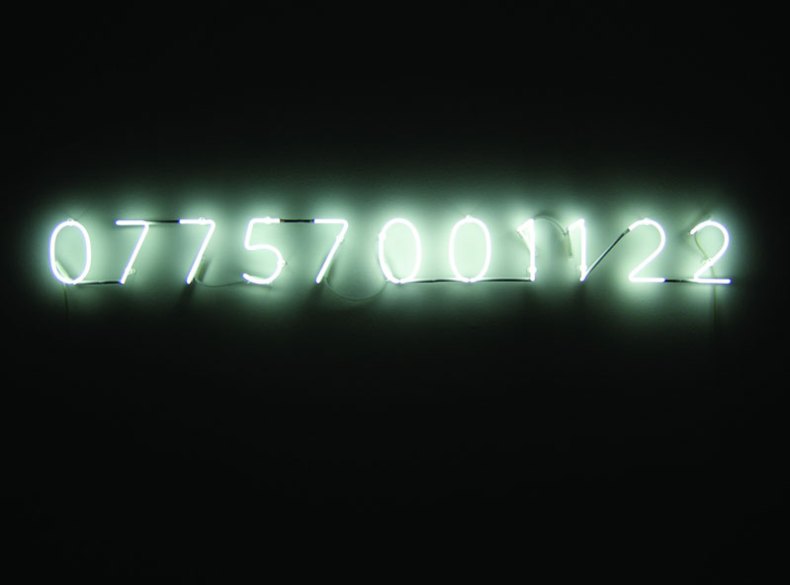
Vatnajökull (the sound of) (2007/08), Katie Paterson. Installation view Modern Art Oxford, 2008. Photo © Katie Paterson, 2008. Courtesy of the artist
As her solo exhibition shows, Katie Paterson talks people into doing the most extraordinary things, be it convincing a telephone company to link a glacier to callers across the world, sending a meteorite back into space, or growing a forest to supply paper for an anthology of books in a hundred years’ time. The title of the show, ‘Syzygy’ – an alignment of celestial bodies – can be read as a metaphor for what happens when minds meet. Collaboration – with scientists, engineers, technologists or literary authors – is central to Paterson’s practice. Her deceptively simple ideas, often using relatively modest media, are ambitious in their scope and deep in their meaning. They evoke forces that span inconceivable times and infinite distances, beyond our control and the limits of human knowledge.
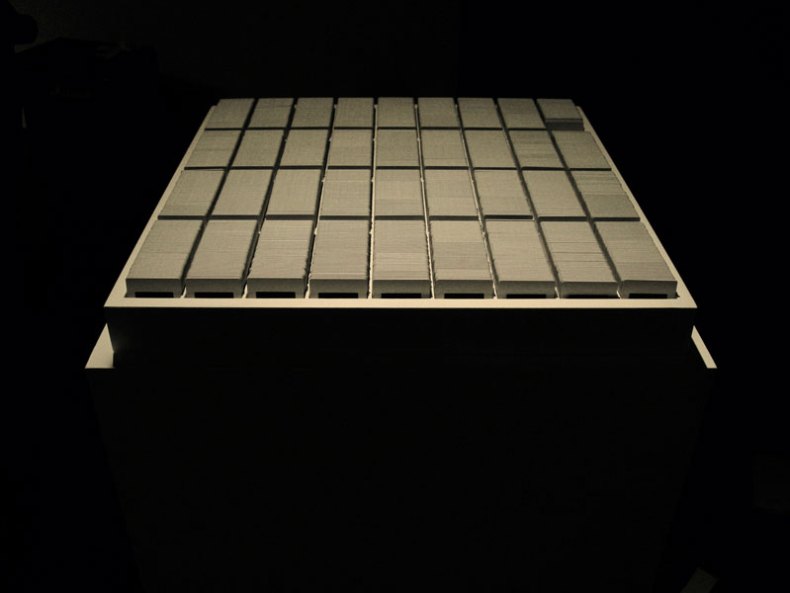
History of Darkness (2010–ongoing), Katie Paterson. Installation view BALTIC Centre for Contemporary Art, 2010. Photo © Katie Paterson, 2010. Courtesy of the artist
Her ongoing project History of Darkness (2010–present) reflects on the astounding fact that 99 per cent of space is black. If the artwork borrows from the Sublime in its overwhelming, perhaps even terrifying concept, it is anodyne in form – an archive of handwritten slides contained in boxes, that document levels of darkness in different parts of space, and their distance from the Earth. Paterson bridges, or, as she says, ‘collapses’, distances in space and time of unfathomable magnitude. Her relentless charting of immensity could seem futile, yet absurdity is the gentle thread that weaves itself across her work, deployed as a subtle conduit to comprehend the serious matter of the universe.
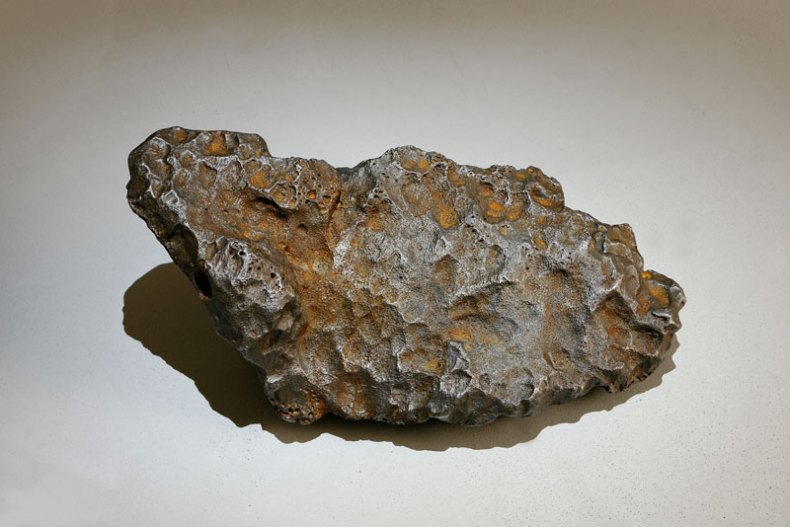
Campo del Cielo, Field of the Sky (2012), Katie Paterson. Photo © Blaise Adilon, 2015. Exhibition view Frac Franche-Comté
For Campo del Cielo, Field of the Sky (2013), she melted and recast back into its former shape a 4.5 billion-year-old meteorite. Thus recreated, the object retains its essential form, but to its cosmic history is attached the mark of human technology and craftsmanship. With the meteorite displayed in the gallery space, time becomes almost tangible, haptic. If Paterson demonstrates that, like the mythical phoenix, something can get reformed and start a life again (a portion of the meteorite was launched back into space to relive its journey to Earth), she also suggests that renewal comes hand-in-hand with death (said fragment was pulverised as it re-entered our atmosphere). Just as poignantly, All the Dead Stars (2009) charts the original location of 27,000 dead stars, all those recorded and observed by humankind. Also on display are The Dying Star Letters (2011–present), a related, ongoing artwork. ‘I am sorry to inform you of the death of the star…’ the terse obituary notes state, almost lyrical in their unsentimental simplicity, and their relentless repetition.

Timepieces (Solar System) (2014), Katie Paterson. Photo © Blaise Adilon, 2015. Exhibition view Frac Franche-Comté
That time is relative may have become a commonplace idea, yet Timepieces (Solar System) (2014) reveals just how much we take for granted our measure of time in 24 hours per day. Nine clocks are arranged in an orderly line to show the time on all the planets in our Solar System, and our moon, calibrated in relation to time on Earth. What does it mean, that a day is 4,223 hours in Mercury, and 9 hours 56 minutes on Jupiter? We usually envisage our relation to the cosmos in terms of distance, so these timepieces provoke a sense of dislocation. By turning measures of vastness into recognisable objects – slides, clocks, letters – Paterson domesticates immensity, turning the cosmic into the mundane, but a mundane of poetic intensity, playful and mind-bending, compelling.
The sleek and minimalist Timepieces form the backdrop for her most famous piece, Earth-Moon-Earth (Moonlight Sonata Reflected from the Surface of the Moon) (2007). Using the principle of ‘moonbounce’, she beamed a Morse-code version of Beethoven’s Moonlight Sonata onto the surface of the moon. Losing some of its substance in the craters and ravines of our nearest cosmic companion, the musical score returns to Earth, and to the keys of an automated grand piano in the galleries. The music is both instantly recognisable and eerily alien: like the moon itself.
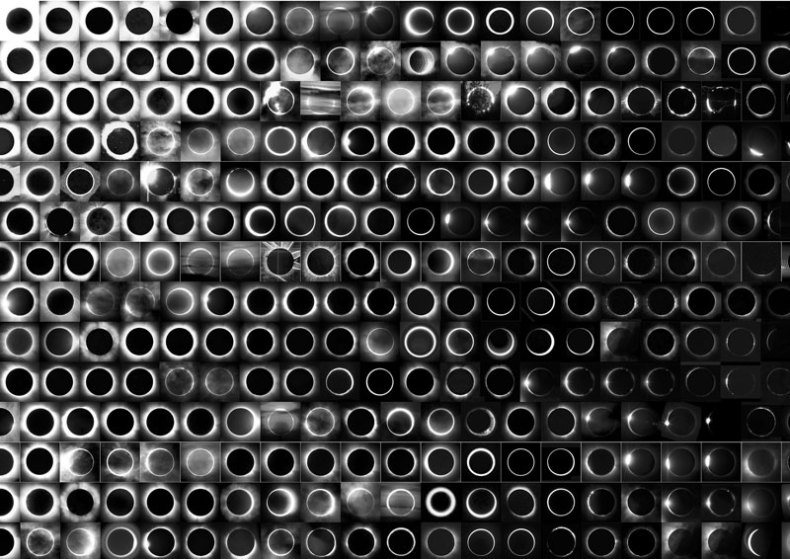
Totality (2016), Katie Paterson. © Katie Paterson
For many centuries, solar eclipses were seen as ominous occurrences: the Greek word ekleipsis means abandonment, downfall, darkening, which translates that gut-wrenching moment when the Earth is plunged into darkness, and even the birds stop singing. Eclipses continue to be momentous events for astronomers and eclipse-chasers, who religiously follow them around the world, often to create drawings and photographs of confounding beauty. Paterson’s beguiling Totality (2016) combines all the eclipses recorded in human history into a coruscating mirror-ball, languidly revolving, as if under the spell of the ‘choppy’ Moonlight Sonata heard from the nearby gallery. In the unrelenting pace of modern life, Katie Paterson grants us permission to pause, and, as you stand in the gallery, it is difficult to tear yourself away from the dizzying, ineffable splendour of thousands of diminutive eclipses unravelling on the walls, floor and ceiling, softly wrapping themselves around you. For just an instant, time stands still.
‘Katie Paterson: Syzygy’ is at the Lowry, Salford, until 17 July.
Unlimited access from just $16 every 3 months
Subscribe to get unlimited and exclusive access to the top art stories, interviews and exhibition reviews.

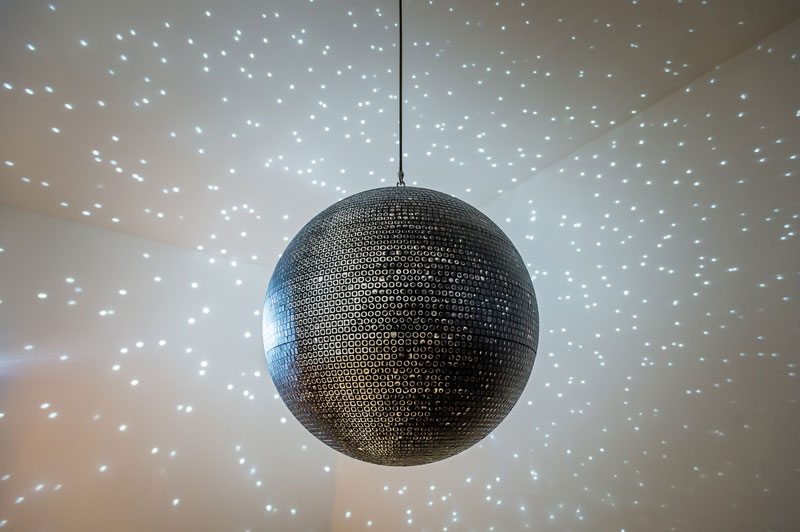
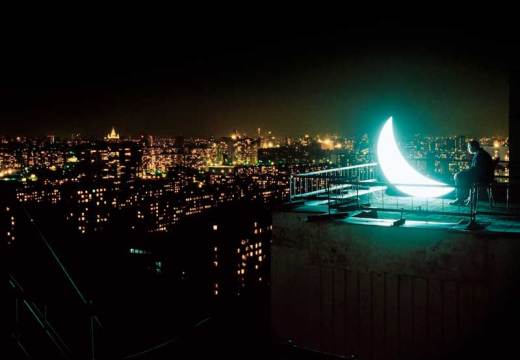
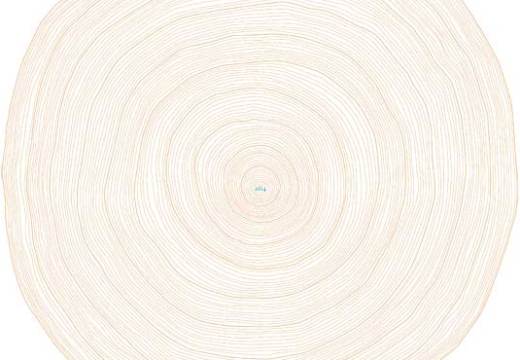
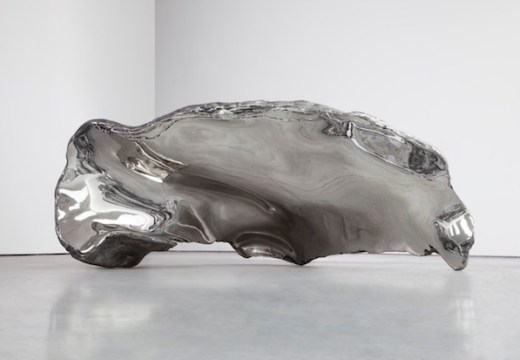









![Masterpiece [Re]discovery 2022. Photo: Ben Fisher Photography, courtesy of Masterpiece London](http://www.apollo-magazine.com/wp-content/uploads/2022/07/MPL2022_4263.jpg)
Has the Fitzwilliam got its rehang right?